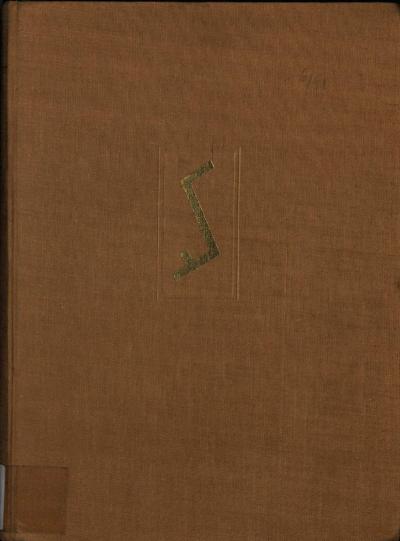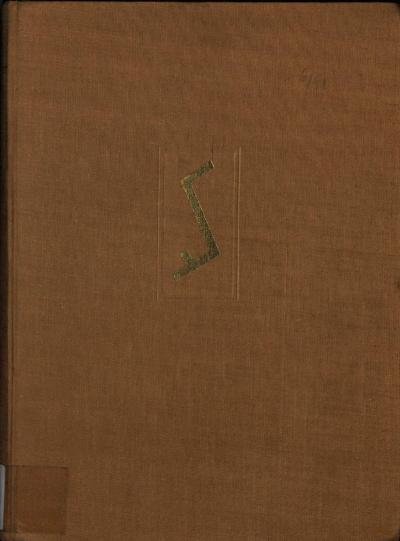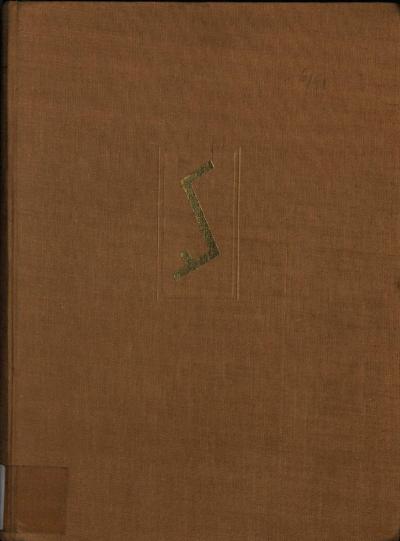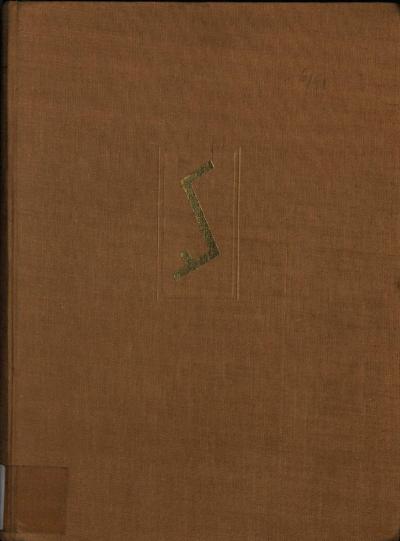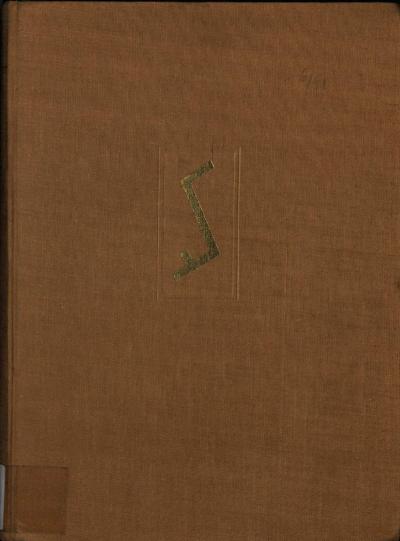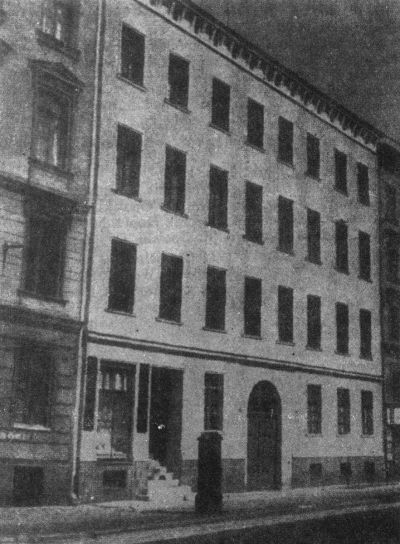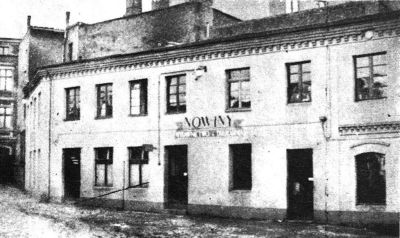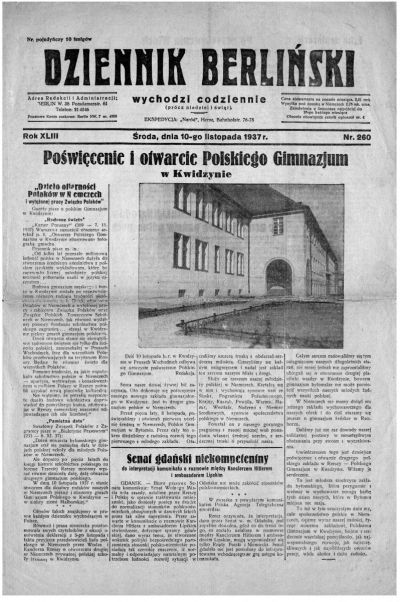The Lexicon of Polish life in Germany
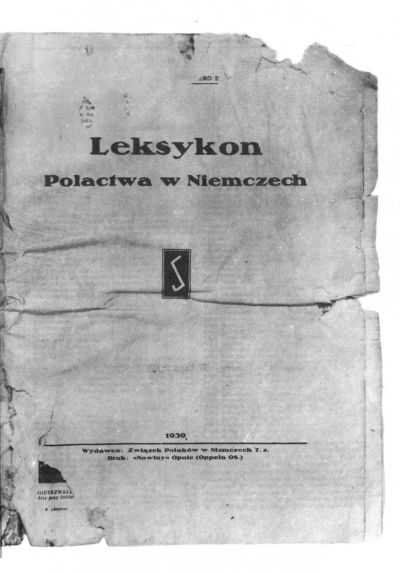
The 15th anniversary of the foundation of the Union on 3rd December 1937 was coming closer and the council put pressure on the editors of the lexicon to complete their work beforehand. The text had to be extended by the anniversary material and the decisions made at the First Congress of the Union of Poles in Berlin in 1938. After the congress the delegation of the World Union of Poles Abroad (Światpol) familiarised itself with the material gathered by the editors and offered to publish it in Poland. The board of the Union agreed to this suggestion and the editors began to prepare the final version of the lexicon. In mid-June the completed manuscript, consisting of over 1500 pages, was sent to Warsaw. The photos were to follow.
By autumn the editors had still received no answer. During this time they set up a card index of additional material in order to keep the lexicon up to date. The events of 1938 in Germany (the annexation of Austria and the mobilisation of the young men who been excluded from national service by the provisions of the Treaty of Versailles during the Weimar Republic) had a knock-on effect on the work of the editors of the lexicon. At the end of the year the headquarters of the Union received a report from Warsaw that Światpol regarded the publication of the lexicon as impossible. The Foreign Office in Warsaw had refused to consent to the publication of the lexicon since it considered that this would disturb the relationship between the Germans and the Poles. In this situation the council of the Union decided to go ahead and print the lexicon at their own expense in the "Nowiny Codzienne" (Daily Review) publishing house in Opole. Jan Łangowski, the paper’s editor-in-chief and first editor of the lexicon was given a credit by the Slavic Bank in order to purchase the necessary paper and printing ink, ostensibly for a "Kalendarz Spółdzielczy" (Comrades Calendar) for 1940. The printers began to lay out the large manuscript alongside their daily work. For practical reasons the text was set in two columns in a newspaper format. An edition of 5000 was planned, one hundred of which were to be printed on shiny paper where the photos were sure of a higher quality. Around 1299 photos were collected for publication.
The first sheet was printed in May; the last – the 19th of the 30 which were planned – in August 1939. The 20th sheet should have been printed on 1st September 1939. The corrections were made locally in order to avoid arousing the attention of the German police by sending it by post.
After the Germans invaded Poland the publishing house was occupied by police on 1st September, the printed sheets of the lexicon were discovered and the publishing house sealed off. However, one of the printers, Jan Trzeciok, managed to rescue a complete layout of the sheets which had already been printed and he hid them in his house. Shortly afterwards an order came from Berlin to Opole to destroy the whole edition along with the manuscripts. The order was carried out in September 1939.
During the Second World War a few individual sheets were rescued by accident. At the end of the war Jan Trzeciok handed over the hidden sheets to the editor Edmund Osmańczyk and, after many difficulties (including a lack of interest), the saved sheets were first published in Poland in the early 1970s.
The manuscript of the lexicon was thought to have been destroyed. By a happy accident it was discovered by the author of this article in a German library. Amongst others it consists of the missing article. This manuscript will form the basis for a book. The complete lexicon will soon be published by the University of Wrocław as part of the work of the Willy Brandt Centre for German and European Studies.
Krzysztof Ruchniewicz, June 2014
